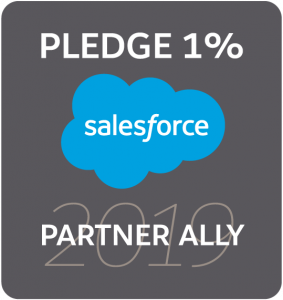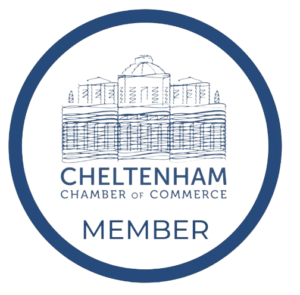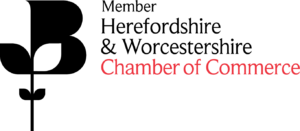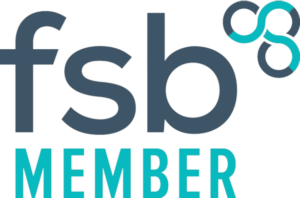Apprentice Hoots: Conducting a customer DEMO
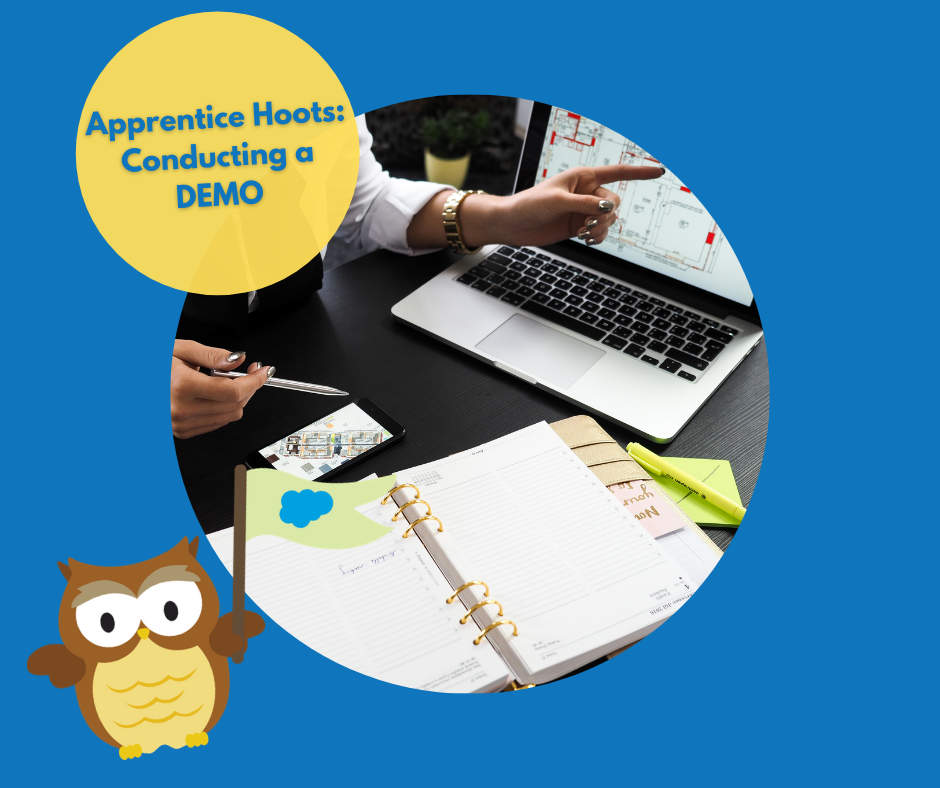
Just five weeks into her apprenticeship, Charlotte jumped at the opportunity to develop, build and implement a Salesforce demonstration to a potential customer. Read on to discover her process:
What is a demonstration?
A product demonstration is an important part of the sales process and provides a unique and pivotal opportunity to showcase what you have to offer against specific customer needs. A good demonstration can encourage customers to buy the product, especially if they can see how it will make a positive difference to their business.
Building a customer demonstration
I was really excited when I discovered that Coacto had the opportunity to build and conduct a demo for a potential customer. After initial planning and requirement conversations with the prospect, who is a serviced office provider, Paul and I were able to discuss what the demo should look like in more detail.
It was determined that the serviced office provider was interested in looking into how implementing a Salesforce org could help their business in relation to managing calendars, rotas, meeting rooms and even flexible daily desks.
My next step was to determine when and how I could build the demo. Thanks to some effective time management coaching, I blocked out a specific time in my diary each day to ensure that I had maximum capacity to begin the project and build the demo. By learning how to manage my time more effectively, I have noticed a significant increase in my productivity levels too!
After scheduling time into my diary, I then began building the necessary features in a Salesforce Sandbox (which is a great practice environment and learning tool) not forgetting the importance of including the relevant personalisation for our potential customer.
Here’s what I built for the demonstration:
- Web to Salesforce Lead Integration
- Prospect qualification journey for enquiries
- Resource calendar planning
- Creating customer objects such as desk inventory & location
- HR system integration
- Pricing and Products
- Creating a task list
Conducting for the customer
Another great skill that I learnt throughout this process was how to manage deadlines and customer expectations. In particular, the demonstration needed to be built and ready to present at a meeting that was scheduled for two weeks after the initial brief!
After successful completion of the demo, (which I’m super proud of) it was time for us to present the Salesforce Sandbox that we had developed with our potential customer in mind. Paul navigated through the system and presented to the prospect whilst I shadowed and provided feedback as and when required.
Next steps
The potential customer was impressed with the initial demonstration and has booked another which will require integration of much more tailored features. Paul and I are scheduled to have a conversation around the next steps and what is required to adapt the existing Sandbox demo to be even more spectacular – Watch this space!
Owl see you later…
Charlotte






